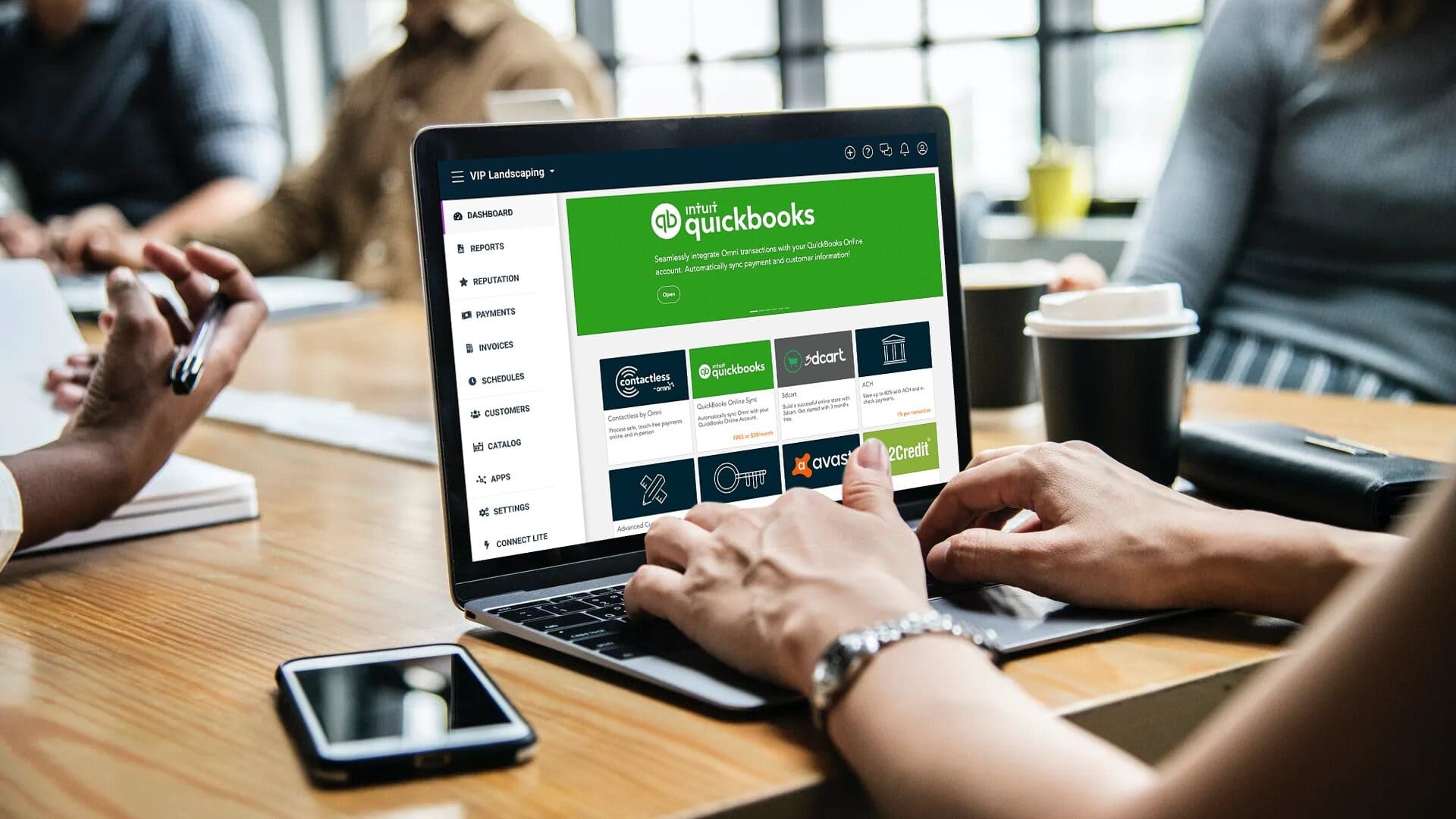Why You Need a Systematic Approach to Reconciling Your EMR and Accounting Software

In today’s fast-paced world of pediatric care, ensuring a smooth workflow is paramount. While your pediatric EMR software keeps track of patient charts, diagnoses, and treatment plans, a robust accounting system manages your financial health.
However, a critical gap exists between these two seemingly independent systems – the need for pediatric EMR software reconciliation.
Why Reconcile? The Price of Dissonance
Many pediatric practices find their EMR and accounting software don’t quite sing in harmony. This lack of reconciliation creates a financial blind spot, potentially leading to missed or uncollected payments. Here’s how:
- Unrecorded Revenue: Imagine a scenario where your pediatric billing team posts a charge in the EMR, but the corresponding payment isn’t reflected in your accounting software. This could indicate a payment not yet received.
- Redundant Work: Conversely, a received payment might not be marked as such in the EMR, leaving the claim flagged as outstanding. This could lead to wasted time chasing down a paid claim and potentially frustrating the patient who may be responsible for a deductible.
The Dates Discrepancy
It’s important to acknowledge that perfect alignment between your EMR and accounting software might not always exist. The date a payment is received may differ from the date it’s posted to your account. However, the key takeaway is to ensure you only record actual claim payments received.
The Virtual Credit Card Conundrum
The rise of virtual credit card payments (VCCs) by insurance companies adds another layer of complexity. Often arriving by fax, these one-time-use cards can be mistakenly recorded in your EMR without going through proper processing. Depending on the volume of VCC payments you receive, this could result in significant missed revenue.
A Two-Step Approach to Reconciliation
Here are two crucial steps to achieve a healthy reconciliation between your bank account and your pediatric EMR software:
1. Bank Verification is Key
- Empower Your Billing Team: Collaborate with your billing team to ensure they only post payments confirmed in your bank account. Consider granting them read-only access to your bank statements, allowing them to verify and record payments before updating the EMR.
- Investigate Discrepancies: This approach encourages the billing team to investigate payments received without accompanying paperwork, potentially leading them to check payer websites for confirmation.
2. Regular Review is Essential
Schedule regular reviews (bi-weekly or monthly) to generate payment reports from both your EMR and accounting software. Carefully compare these reports to identify any discrepancies.
Double Duty, Double Benefit
While you might consider implementing only one of these steps, we recommend a two-pronged approach with designated team members. For instance, your billing team or a dedicated billing service can handle step 1, while your office manager oversees the review process in step 2.
Communication is King
Establish clear policies and protocols for EMR and accounting software reconciliation. Communicate these procedures thoroughly to your team to ensure no payments fall through the cracks. Consider making reconciliation a measurable goal within your practice to emphasize its importance.
Leveraging Technology for Reconciliation
Beyond manual processes, consider exploring software solutions designed to automate the reconciliation process. These tools can integrate with both your EMR and accounting software, streamlining data comparison and flagging discrepancies for review.
Altus Pediatric Billing: Your Partner in Streamlined Revenue
At Altus Pediatric Billing, we understand the complexities of managing a thriving pediatric practice. We are dedicated to helping you achieve financial clarity and efficiency. Our team of experts can assist with the reconciliation process, freeing you to focus on what matters most – providing exceptional care to your young patients.
If you’re struggling with discrepancies between your pediatric EMR software and accounting system, don’t hesitate to reach out. We’d be happy to help you identify and rectify any issues, ensuring you receive the full reimbursement you deserve.
Let us help you bridge the gap between your EMR and accounting software, so you can focus on keeping kids healthy and your practice running smoothly.
